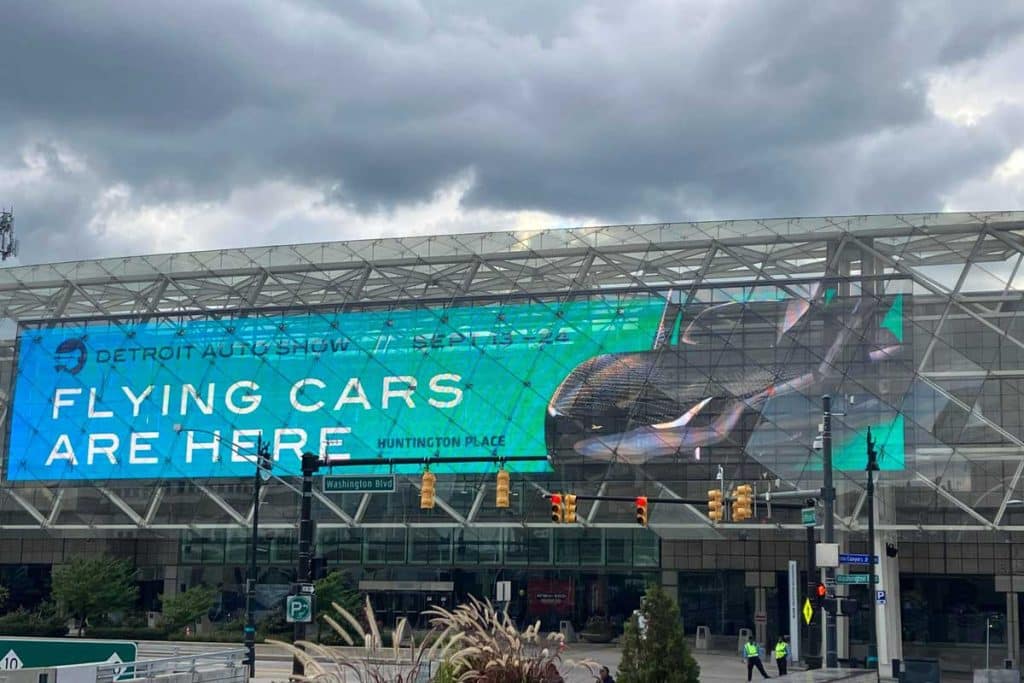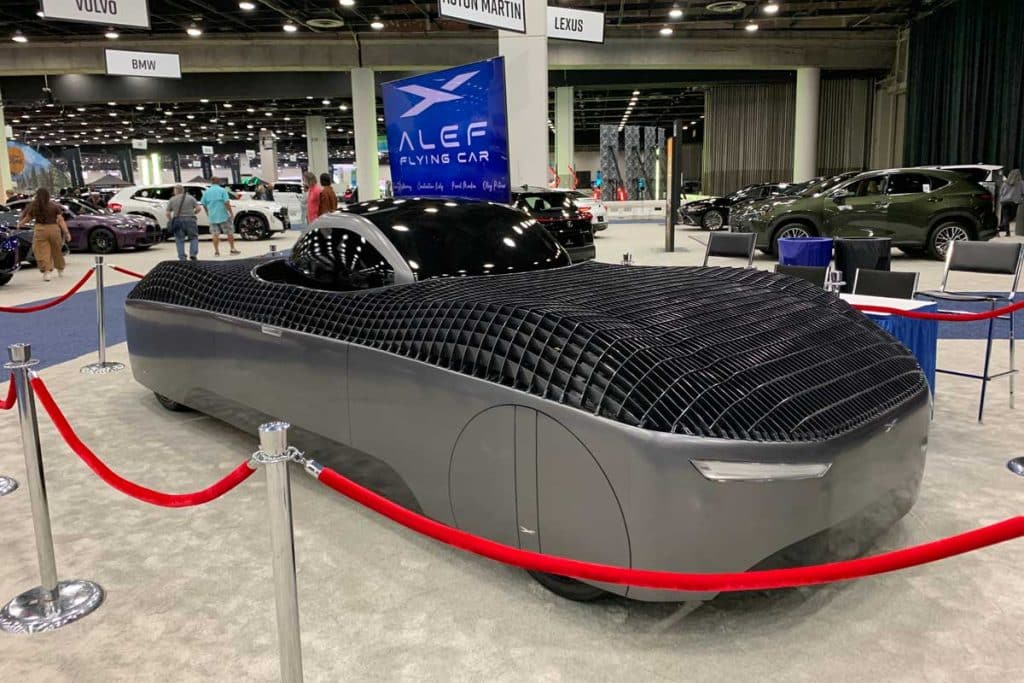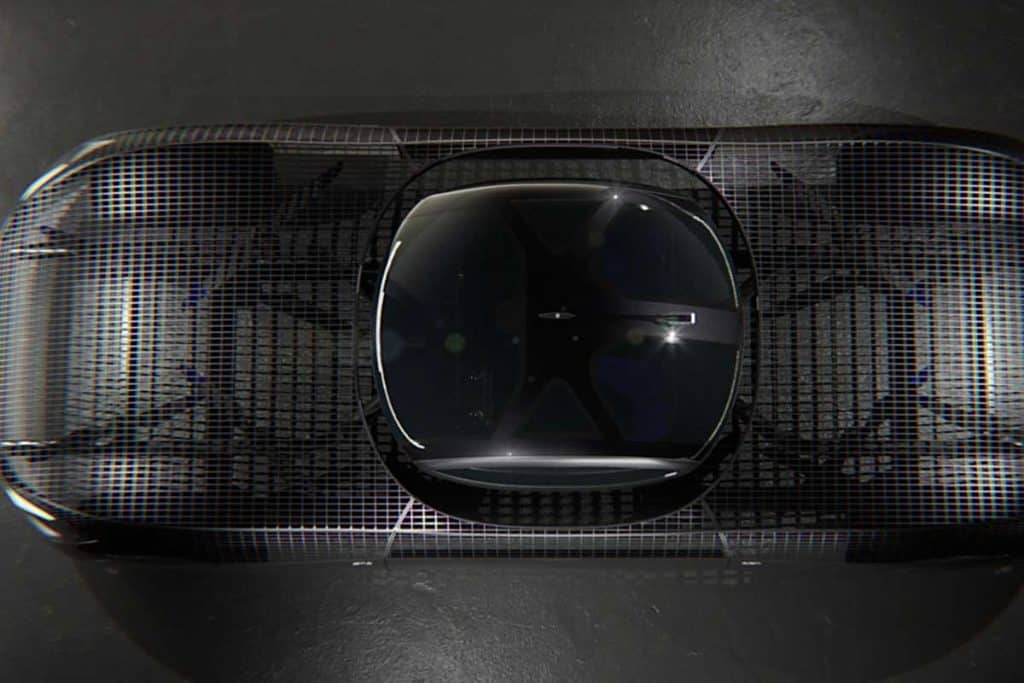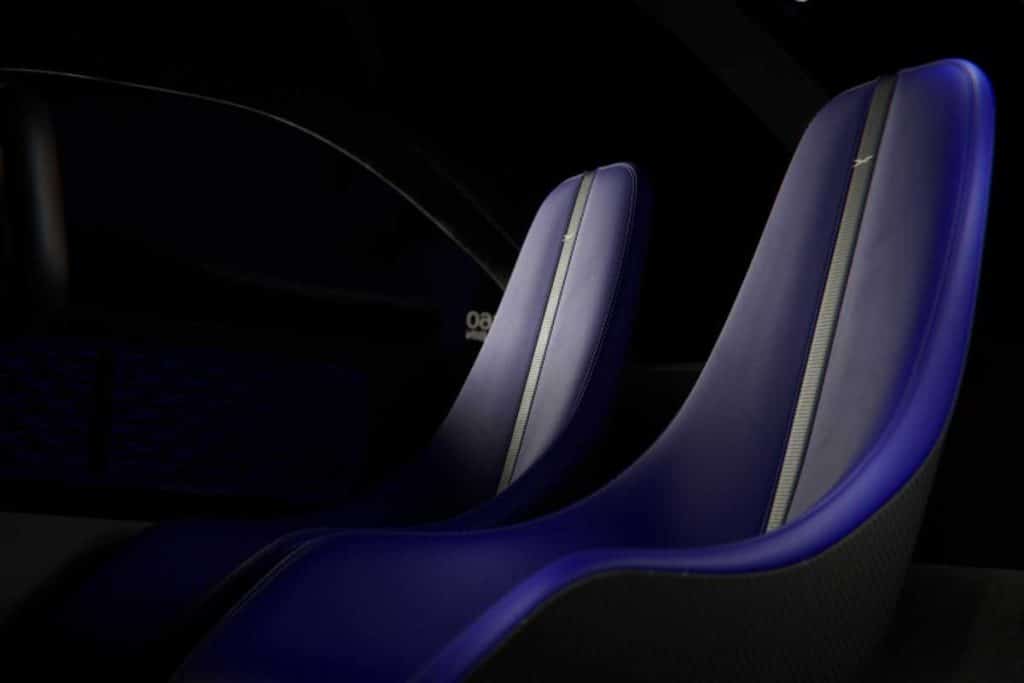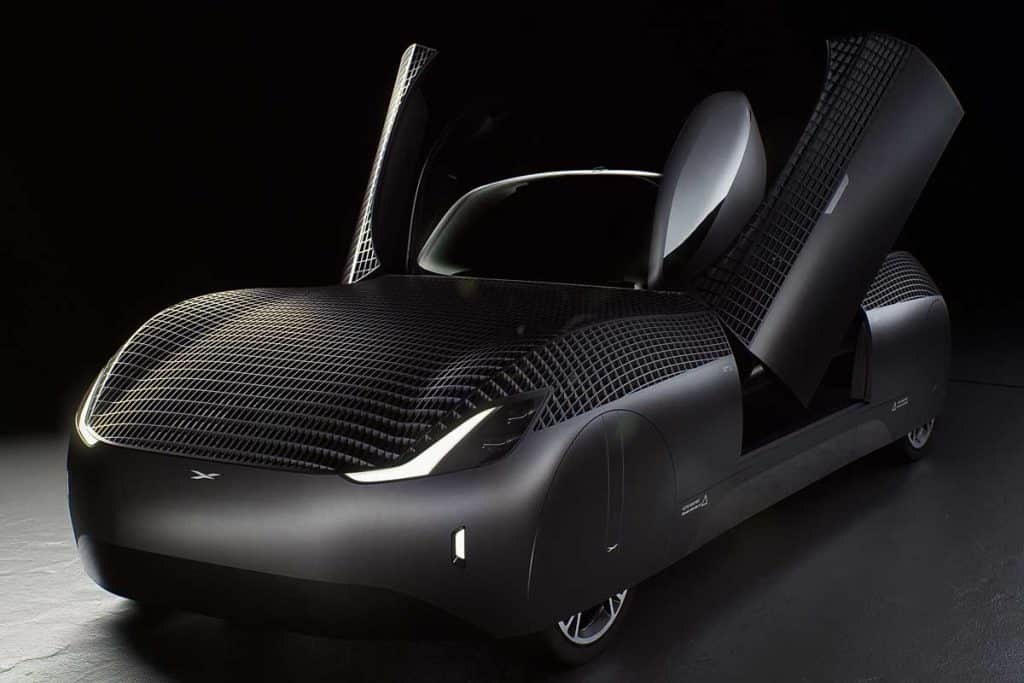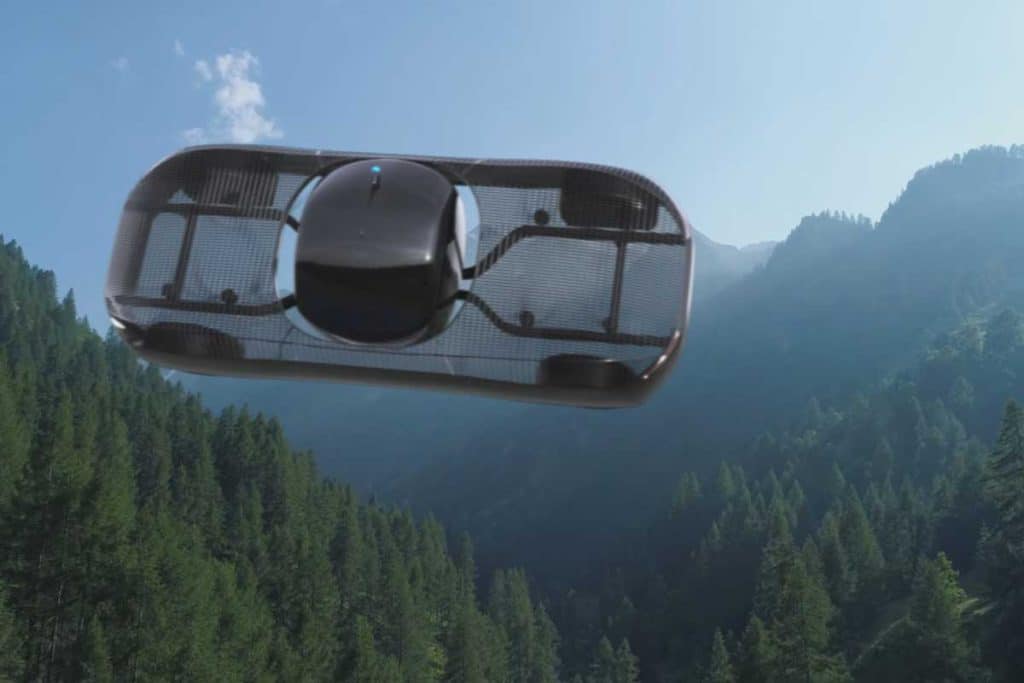In Pictures: World’s First Flying Cars Go Into Mass Production

Recent advances in computing power and fast-paced innovation across the world have resulted in a paradigm shift in how humans travel, and technology has made it possible for the world’s first flying cars to go into mass production.
And with this, science fiction has now become a science fact, and the next evolution in transport is here and, most importantly, accessible. With flying cars set to change the way we travel, our lives are about to become immeasurably integrated with futuristic technology.
The entity producing Alef’s Model A, a flying car prototype, Alef Aeronautics, says it plans to begin delivering the vehicles to customers by the end of 2025. The California-based tech company says it has been test-driving and flying its prototype vehicles since 2019.
Alef’s Model A will cost $300,000 and presales are currently open, so customers can pay just a $150 deposit to get on the waiting list or $1,500 for a “priority” spot on the list.
Also, HT Aero said their unnamed flying vehicle is slated to enter mass production by 2024 at a cost of less than $157,000.
A new way to fly
The result of cutting-edge technologies and years of research and development, a flying car is essentially a type of personal air vehicle or roadable aircraft that provides door-to-door transportation by both ground and air.
Some of the features of these flying cars include:
- Dual Mode (air and ground)
- Vertical Take-Off and Landing (VTOL)
- Autonomous navigation
- Clean-energy propulsion methods
- Safety automation systems
Powered by electric engines and equipped with the latest technology in safety and navigation, these flying cars project a future with cleaner, faster, and more efficient modes of transportation.
“This isn’t about lofty imaginings anymore. Flying cars are here, and they’ll reshape our lives in ways we haven’t yet thought of,” says Dominic Wyatt, from the International Driver’s Association.
The potential impact of flying cars
Besides upgrading our commuting experience, the mass production of flying cars might have larger implications:
1. Reduced traffic congestion: With cars soaring overhead, we could see a substantial decrease in on-ground traffic.
2. Quicker emergency response: Aerial routes mean faster access to remote and congested areas, potentially saving lives.
According to German technology leader Siemens, Flying cars could be a straightforward way to connect isolated regions with critical supplies from more populated spaces. Also, it enhances emergency response systems by offering much faster response times.
3. Economic boom: A new sector implies new jobs, both at production and operational levels.
4. Green travel: Electric-powered flying cars can help reduce the carbon footprint of daily transportation.
“The societal implications of mass-produced flying cars are boundless. They could change life as we know it,” Dominic Wyatt, an expert from the International Drivers Association, said.
The road ahead
For flying cars to truly become a part of our lives, there are several challenges to consider. Infrastructure support, regulatory approval, price points, and public acceptance and confidence are significant factors that will dictate their integration into our daily routine.
While the future is still unfolding, one thing remains certain: the imagination of humans knows no bounds. From the aspiration of flying to the realities of mass-produced flying cars, we are in the midst of a revolution the likes of which the world has never witnessed before. (Information courtesy of International Drivers Association.)
